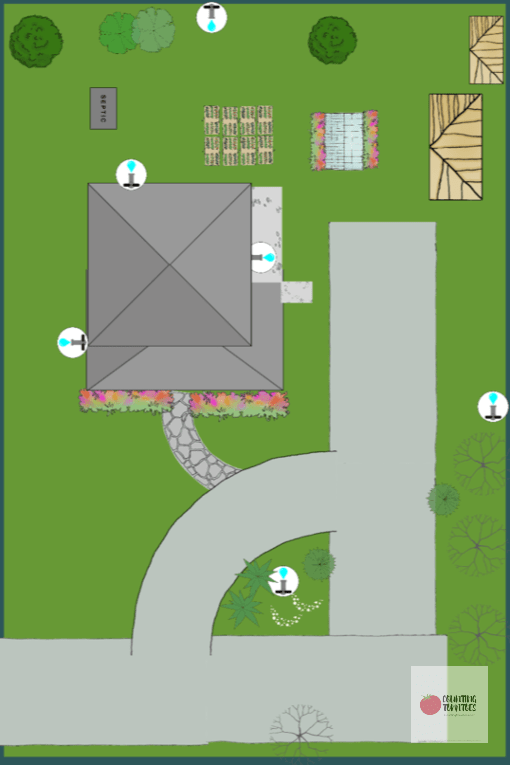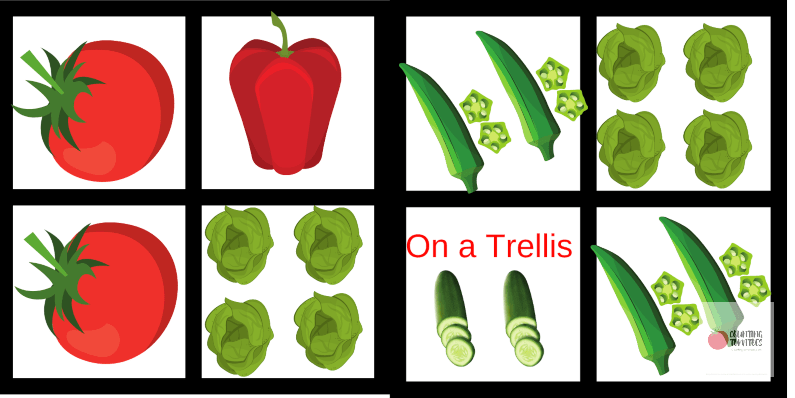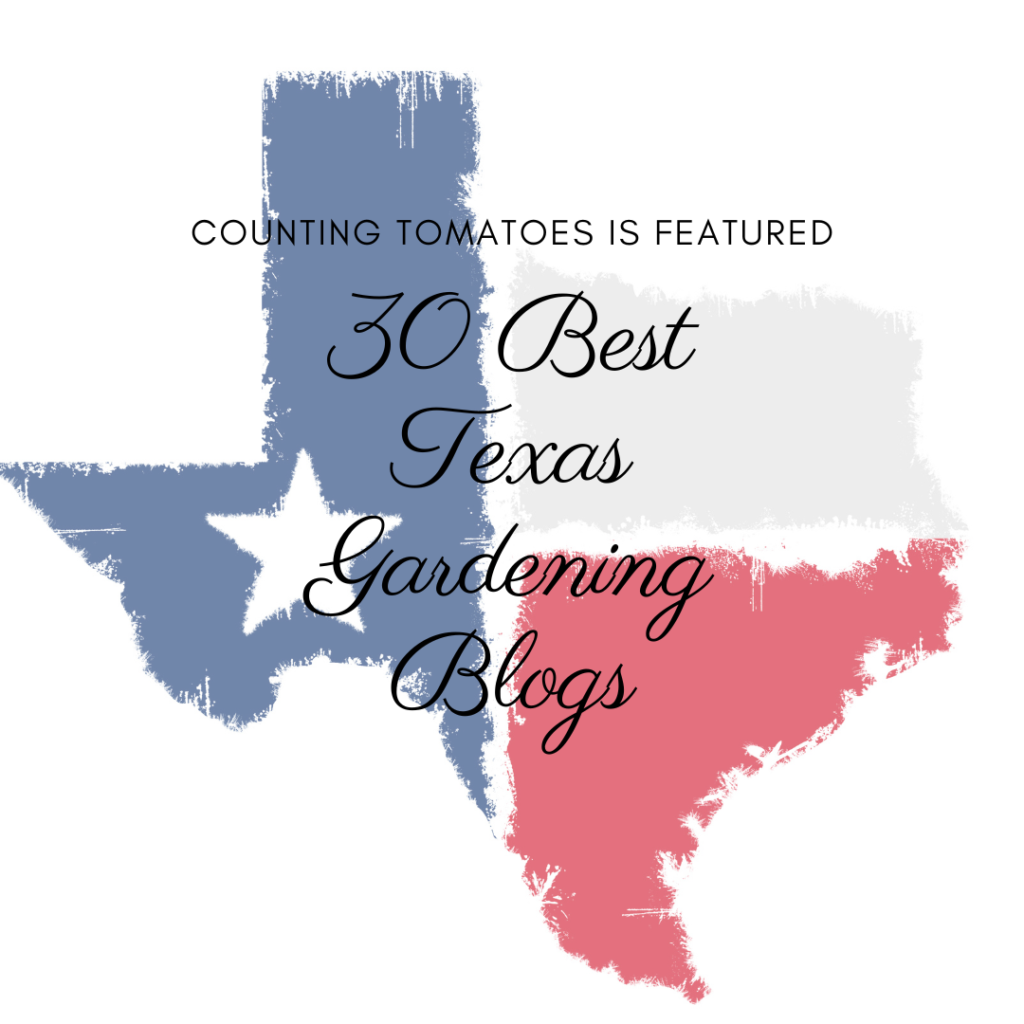This year, I’m starting my garden from scratch, so I’m sharing some garden planning tips for a successful growing season. Time can slip away and it’s a rush to get vegetable seeds started or too late to buy transplants. It’s easy to become overwhelmed with deciding what should be planted or what the plans are for each crop. These garden planning tips for a successful growing season will eliminate some stress. Gardening is both fun and rewarding!
Garden Planning Tips – Start Anytime
It’s never too early to start planning your garden. You can start planning before the ground is workable so you can hit the ground running. Start planning in early spring for a fall garden.
Tip #1: Make a List of What you Want to Grow
Look through your gardening seeds you have on hand and decide which plants you’d like to grow this year. Next, look through seed catalogs are online from a seed supplier to see what needs to be ordered. Only grow what you plan to eat; if your family is not a fan of kale, don’t grow it.
I like to have a mix of vegetables and flowers. The flowers attract pollinators for the vegetables and I can cut some beautiful flowers for my kitchen table. Zinnias are one of my favorite flowers to plant.
Tip #2: Sketch Out Your Garden
I struggle with this tip the most as I always get excited and just start planting. It is best to determine the square feet of your beds and plan how many plants will fit in the space.
This year, before I determine how I will plant each bed I need to figure out where the beds will be placed. I used an app called Home Outside to do a rough sketch of my yard.
The garden at the old house had a mix of raised bed sizes, therefore this time I’m building identical sized beds which are lined up in rows. I want the garden to look as clean as possible. From the sketch below I decided to put 8 raised beds on the east side of our house. The three bare root fruit trees I planted this month are located along the lower right side of the sketch. I also placed the greenhouse I plan to purchase near the raised beds for easy accessibility. In the circle drive I plan to add herbs and flowers.
This sketch has had many revisions in the last few months after watching how the sun hits the yard and the wind. Initially, I had planned the garden to be on the north side of the house, however, due to us being on a hill and the higher winds, I feel like gardening will be more difficult there.

Tip #3: Determine Plant Spacing
In an established garden, determine the square feet of the planting area and how many plants will feet in each space. Using the square foot gardening method 1, 4, 9 or 16 plants will fit in each square foot. If the seed packet recommends 12 inch seed spacing, plant 1 plant per square foot; if 6 inch spacing plant 4 every square foot. When 4 inch spacing is recommended, plant 9 per square foot and if 3 inch spacing, plant 16 per square foot. To determine the space, calculate 12 inches / # inches for seed spacing for the length and wide of each square foot. So if you have 3 inch seed space it is 12 / 3 = 4 for the length and then 12 / 3 = 4 for the width. Now you multiple the two results 4 x 4 = 16 plants per square foot.

When planting in rows, follow the spacing detailed on the back of the seed packet.
Tip #4: Determine a Planting Schedule
It’s important to determine when the seeds should be started indoors, sown directly outdoors or when seedlings can be transplanted into the garden. Burpee has a wonderful Growing Calendar by zip code. You simply enter your zip code and select from the categories to see starting and transplant dates by month! If it’s too late to start seeds indoors, plan to contact your local nursery to find seedlings to transplant.
Follow these garden planning tips and your garden will be easier and more successful this year!
I’m featured here:




This is really helpful. I definitely need the visual and all of the information (succession planting, companion planting, season, etc.) to help me put together a plan for the garden. Thanks!
Thank you for visiting Leilani!! Happy gardening!